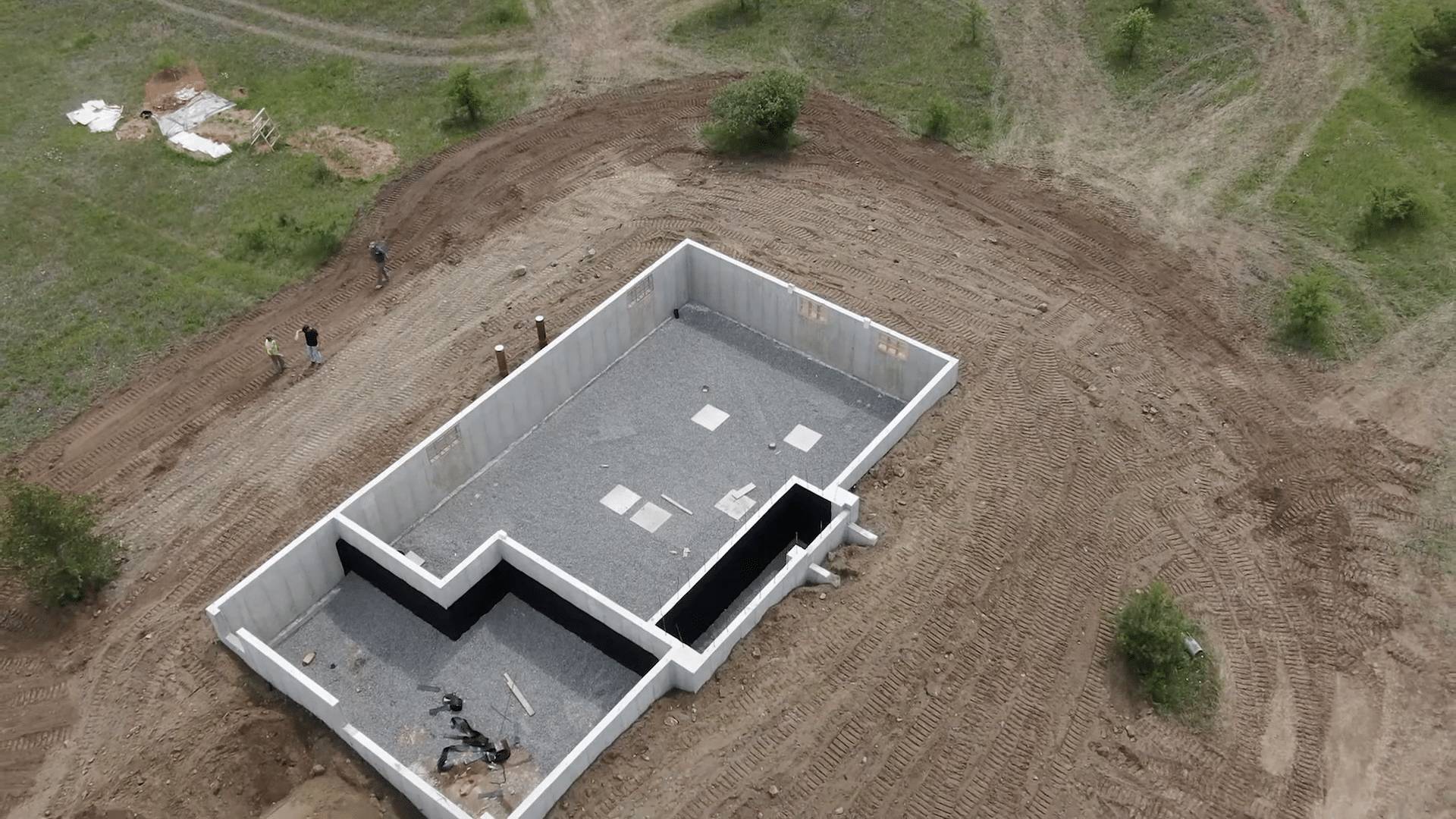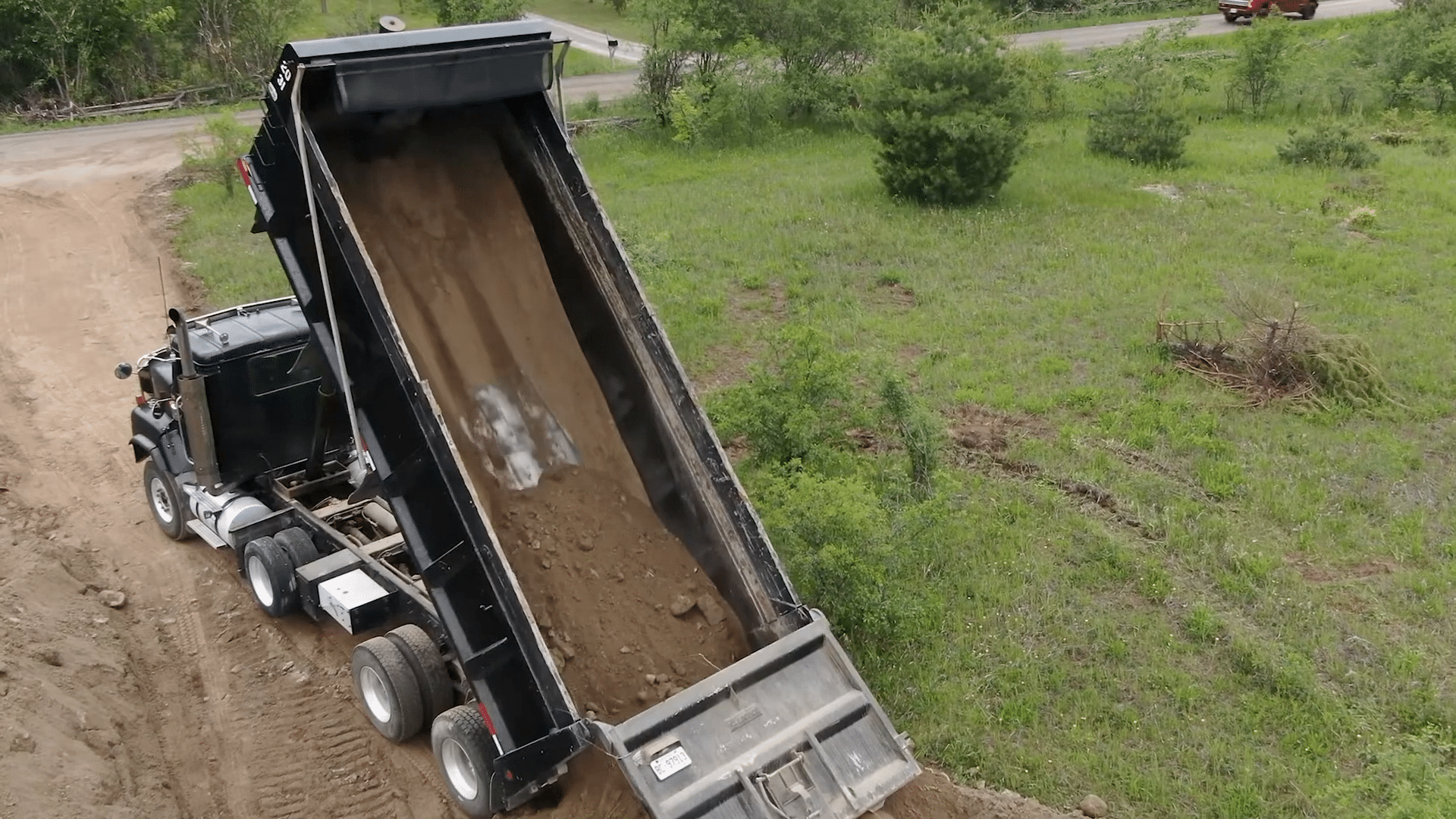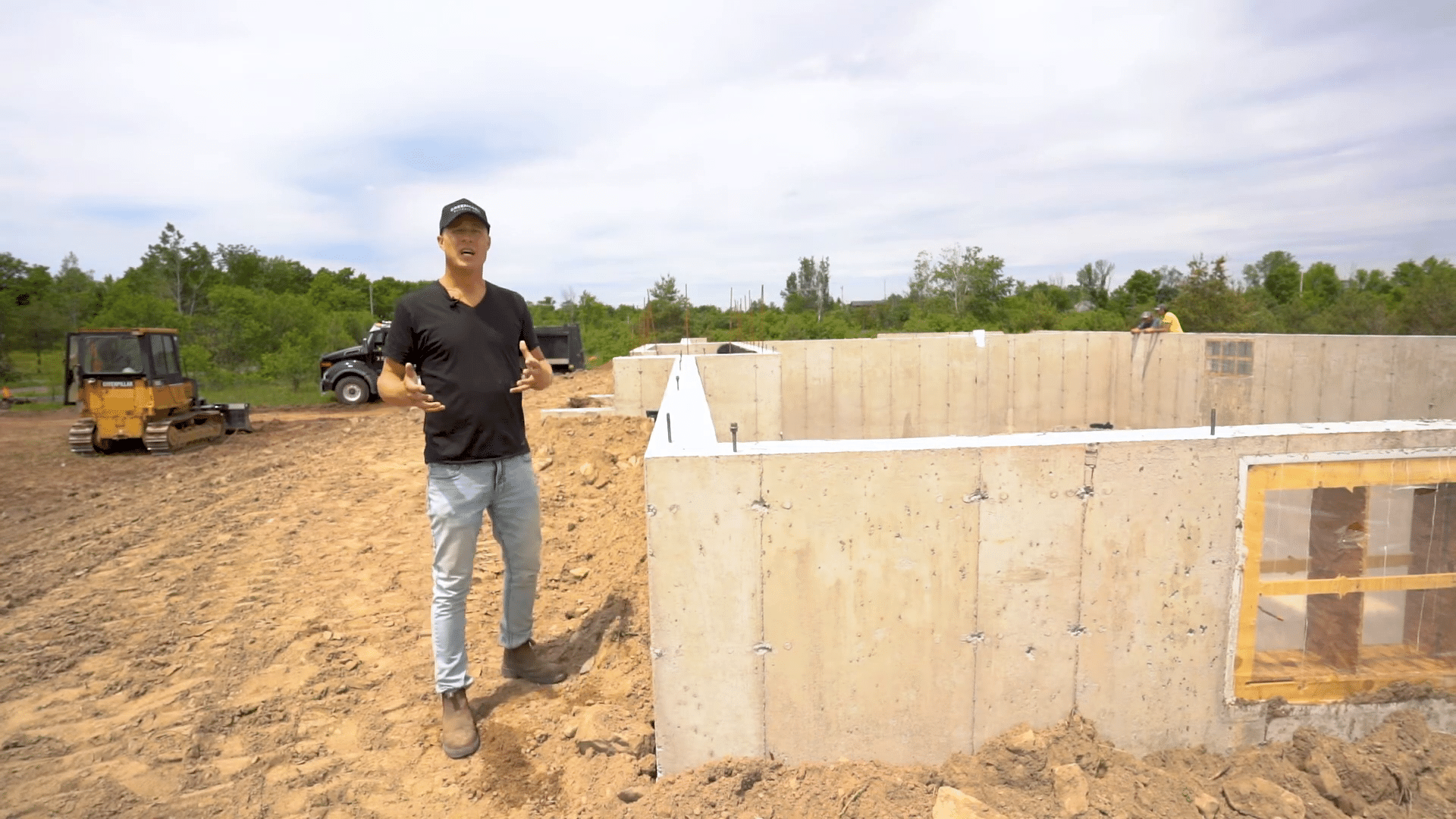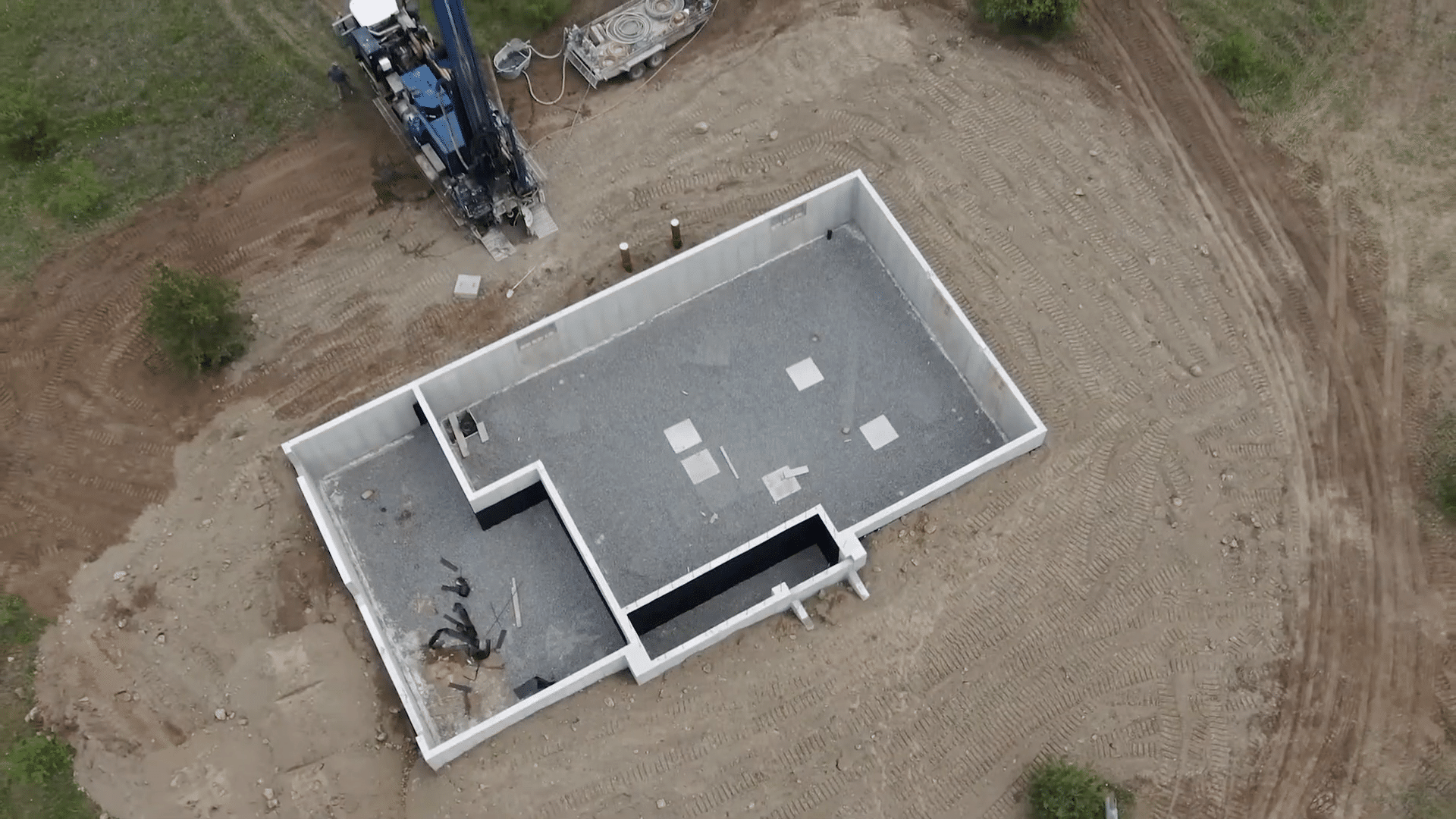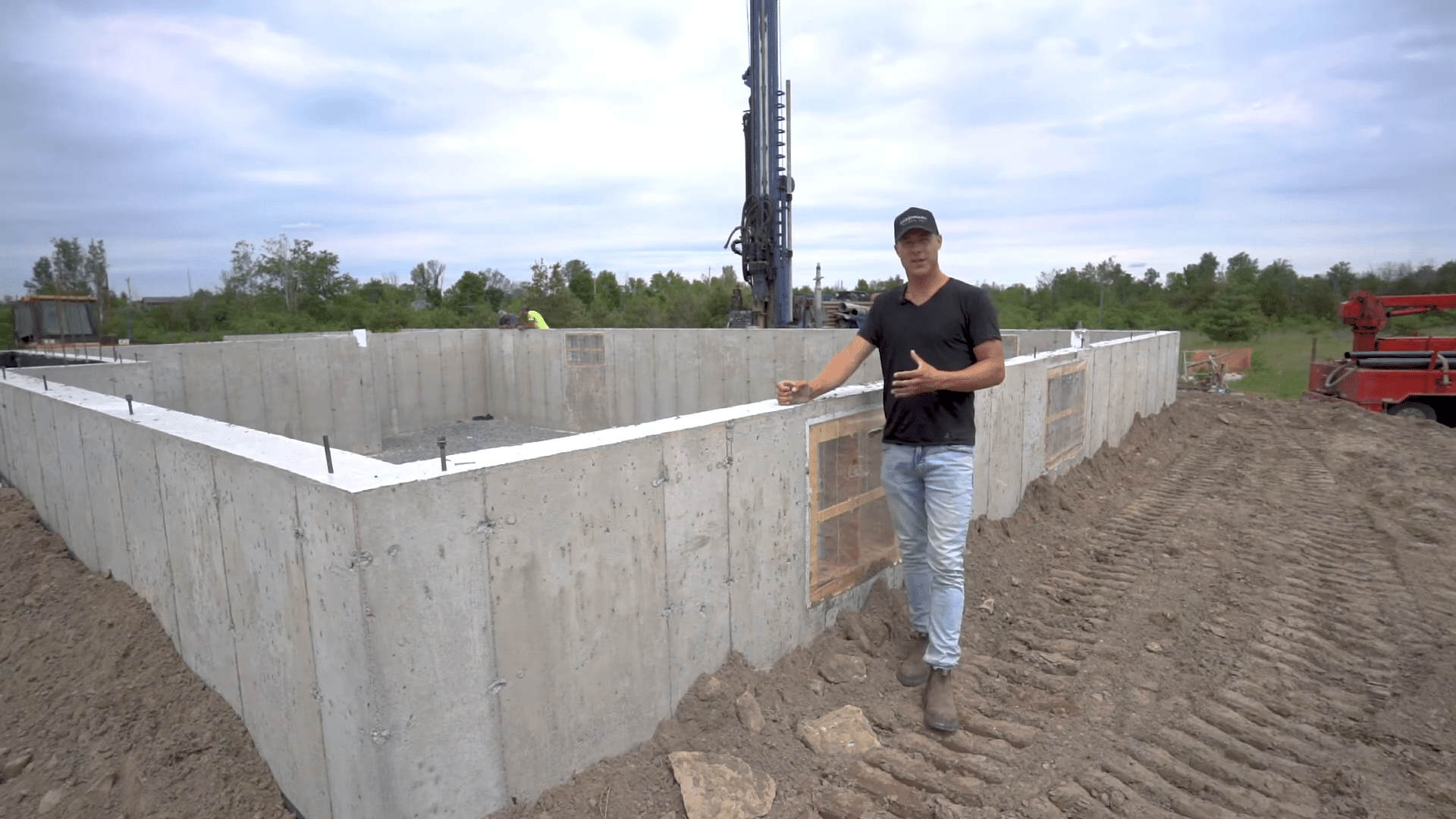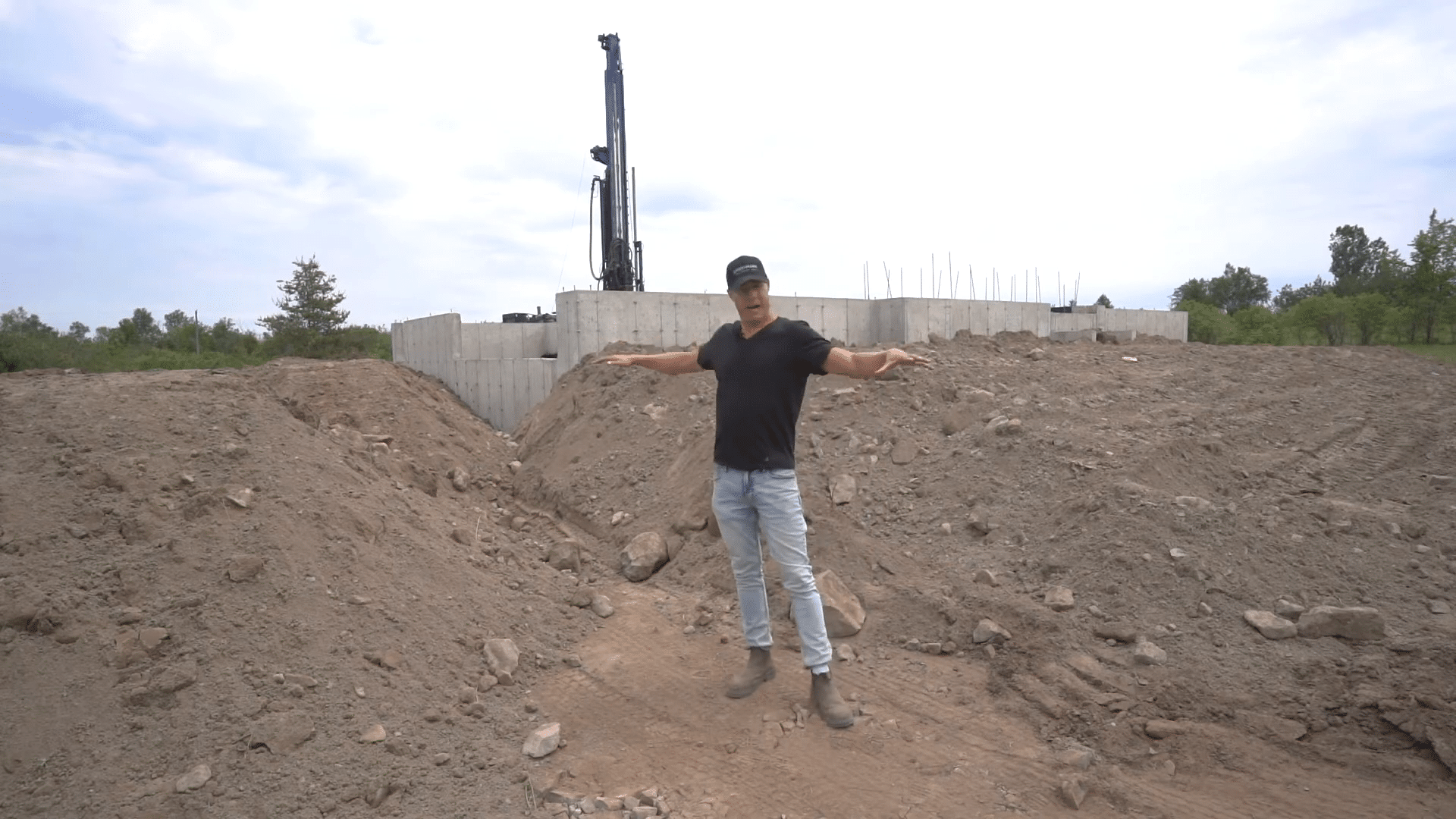Important Factors to Consider Before Backfilling Around Your Home
Home » Structural »
Considerations Before Backfilling Your Home
When undertaking the project of backfilling around your home, there are several crucial factors to consider to ensure a stable and long-lasting foundation. The first step is to evaluate whether you can use the soil that was initially dug out from the foundation. In many cases, the topsoil is stripped and sent to the back of the property, as it often contains peat moss or other organic materials that are not suitable for backfilling. These materials tend to compact too much and fail to provide the necessary support.
Choosing the Right Backfill Material
The choice of backfill material is vital. For instance, sandy loam is often used as it is readily available in some regions and can be effective. However, sand can present challenges if it contains boulders, which can compress and leave air pockets. A more reliable option is clear stone, which does not compact and is commonly used beneath slabs and around foundations. This method avoids the need for compacting inside the garage, which can weaken the walls through vibration.
Sequential Backfilling
When backfilling, it is important to do so in layers rather than all at once. Starting at the strongest points, such as the corners, and working methodically across the foundation prevents undue stress on the walls. This approach distributes the load evenly and strengthens the structure over time. Backfilling in increments is critical, especially when substantial fill is required, to avoid putting excessive pressure on the foundation.
Installation of Weeping Tile
Weeping tiles are another essential component, typically installed around the footing of the foundation to manage water flow. These tiles are usually covered with 3/4 inch clear stone to prevent settlement issues. Proper installation ensures that water is effectively diverted away from the foundation, reducing the risk of water damage and foundation movement.
Avoiding Equipment Near Newly Backfilled Walls
Heavy equipment should never be driven close to newly backfilled walls. The vibration and weight can exert lateral pressure at the base of the wall, potentially causing it to pop and resulting in significant repair costs and delays. This precaution helps maintain the integrity of the wall and avoids costly damage.
Risks of Backfilling with Wet Material
One of the most critical mistakes to avoid is backfilling with wet material. Wet fill can exert tremendous pressure on the foundation walls, leading to potential failures. A personal anecdote highlights the importance of this caution, where a section of wet fill caused a wall to collapse, resulting in a costly lesson. Ensuring that the fill material is dry can prevent such catastrophic incidents and save significant time and money.
Gravel for Driveways
The gravel used for driveways does not need to be the same from the base to the top. Various materials like sand can be used for the base, but it’s essential that the top layer has a granular finish. This prevents the driveway from turning into a muddy mess, which can hinder clean work and movement around the site. The top layer should be durable enough to support the weight of vehicles and equipment without deteriorating.
Additional Considerations
Another critical aspect often overlooked is the timing of installing the septic system. Installing it too soon can interfere with the backfilling process and cause complications. Moreover, ensuring that proper drainage is in place before backfilling can prevent water accumulation around the foundation, which can lead to future structural issues.
It is also beneficial to consult with geotechnical engineers or soil specialists to determine the best backfill material and process for your specific site conditions. They can provide insights into soil composition and behavior, which can be crucial for long-term stability.
Final Thoughts
Backfilling is a fundamental part of building a stable and secure foundation for your home. By choosing the right materials, backfilling in layers, avoiding the use of wet materials, and taking precautions with equipment usage, you can prevent foundation issues and ensure a solid structure. Proper driveway preparation with a suitable top layer also contributes to a clean and functional site. These considerations, along with professional advice, can lead to successful and durable backfilling practices.
Remember, the goal is to create a stable base that can support your home for years to come. Careful planning and execution are essential to achieve this. Happy backfilling!
